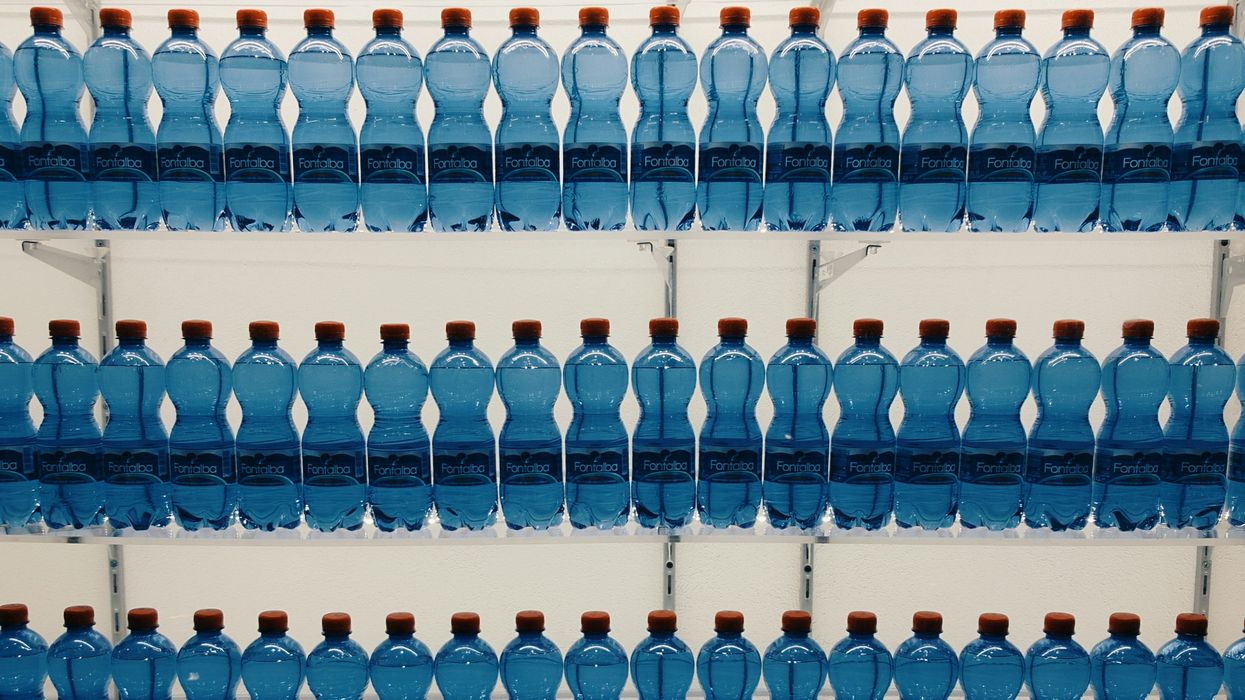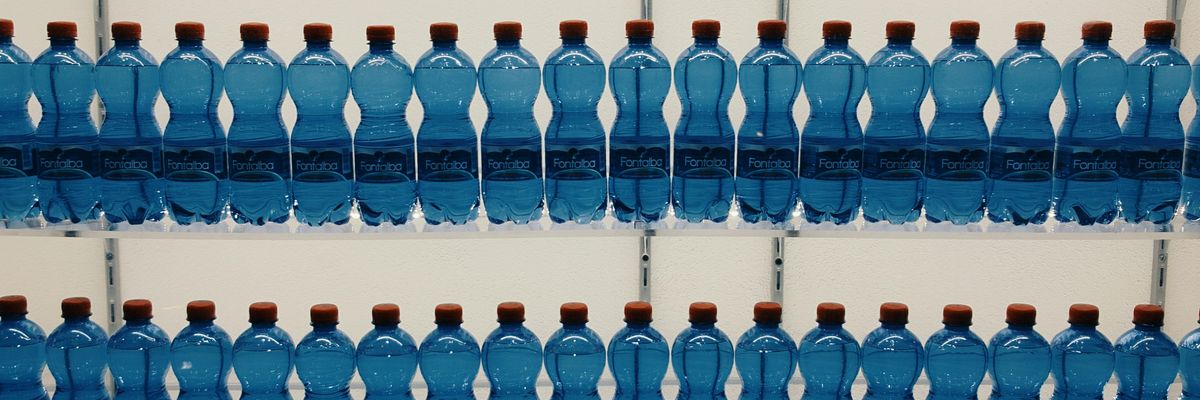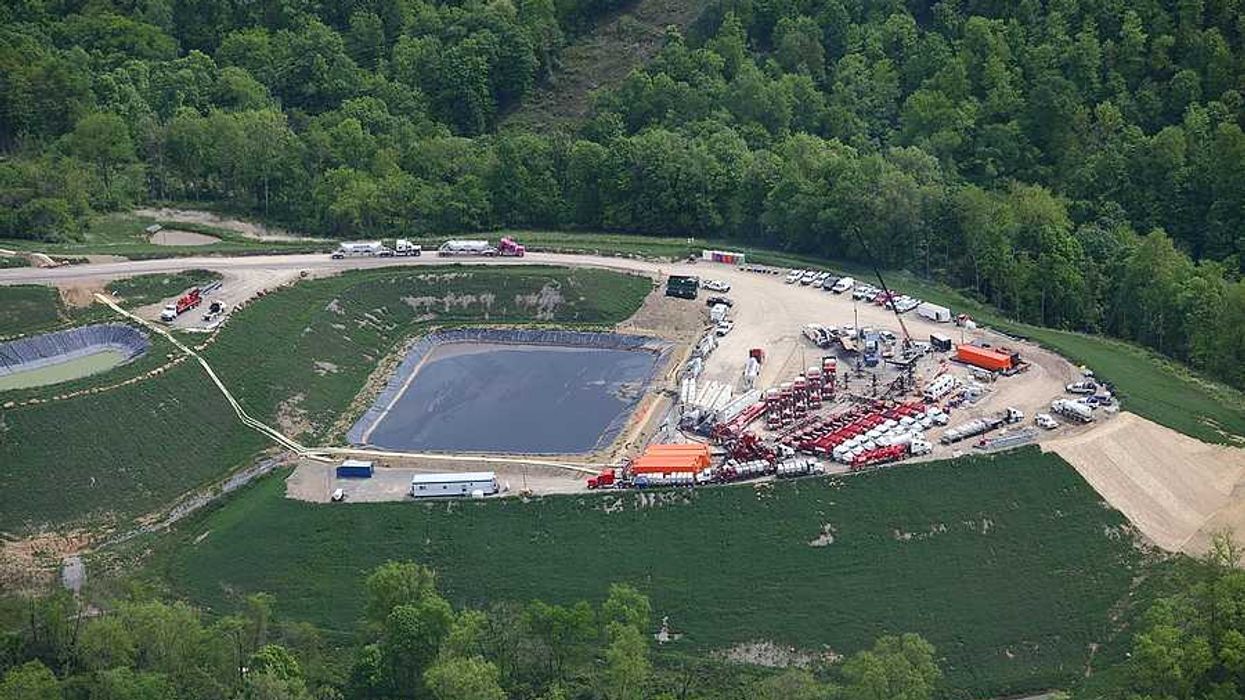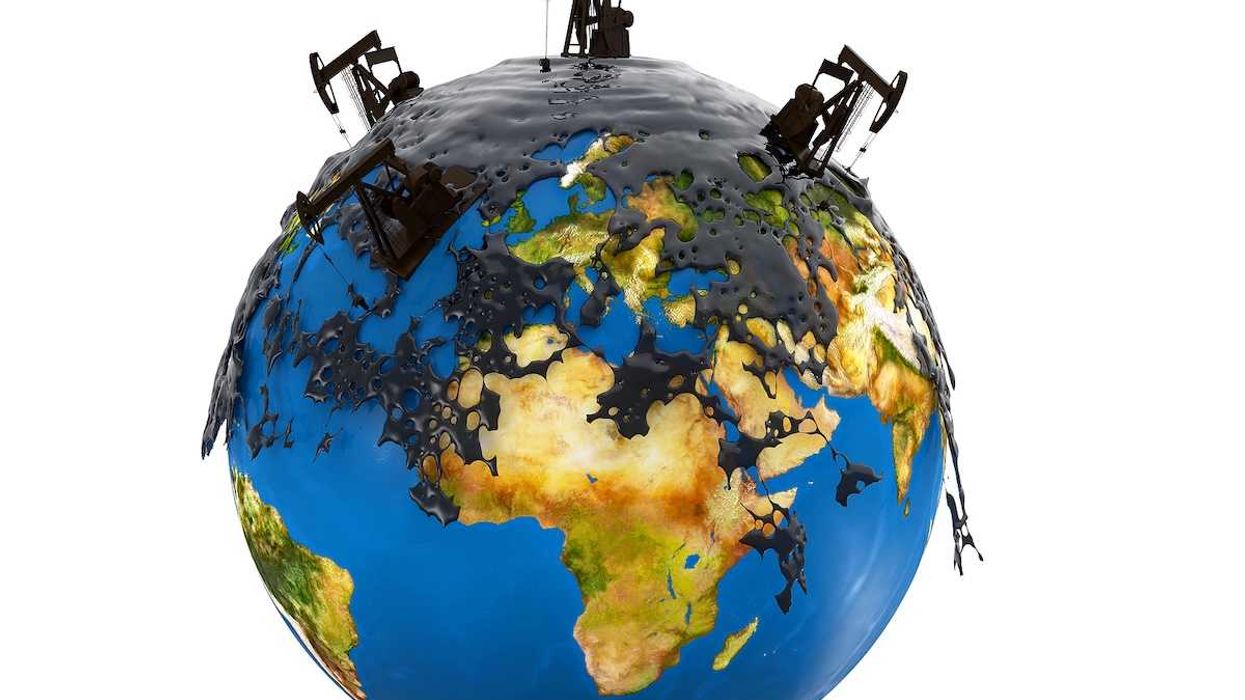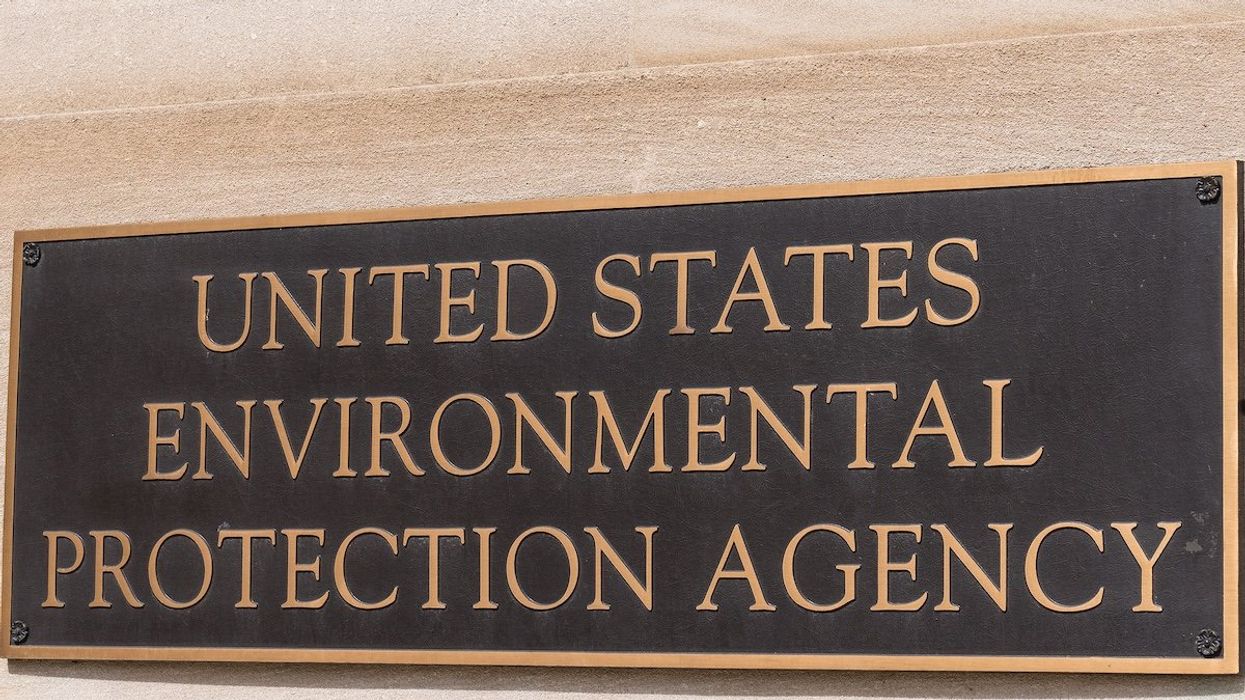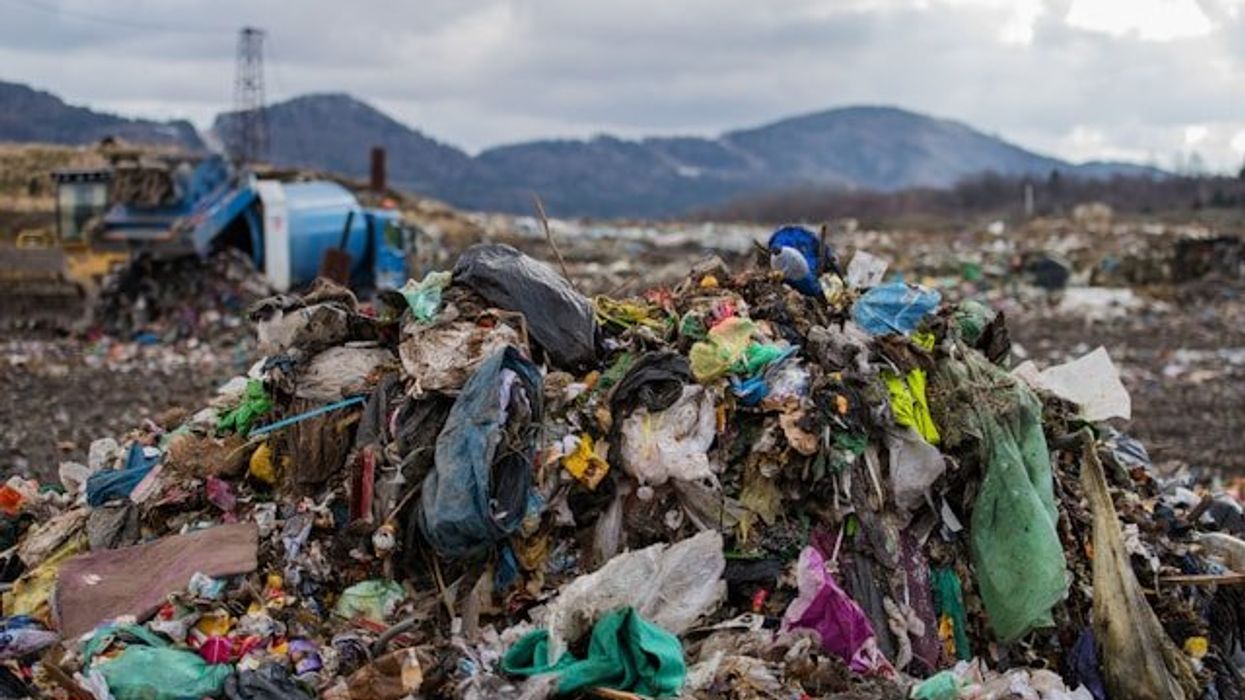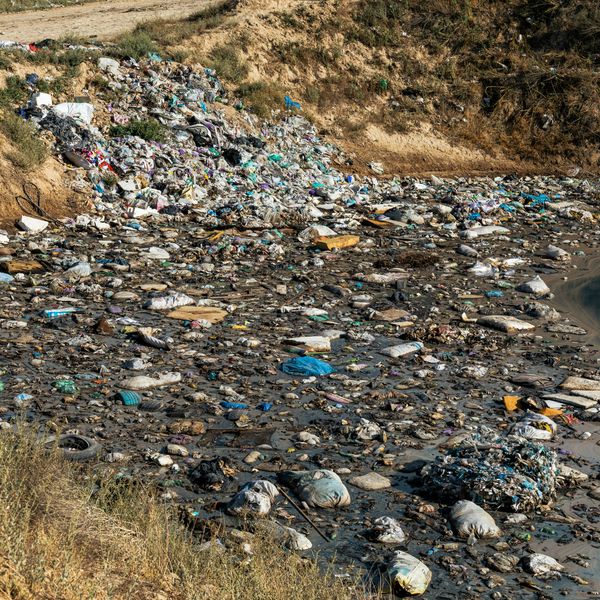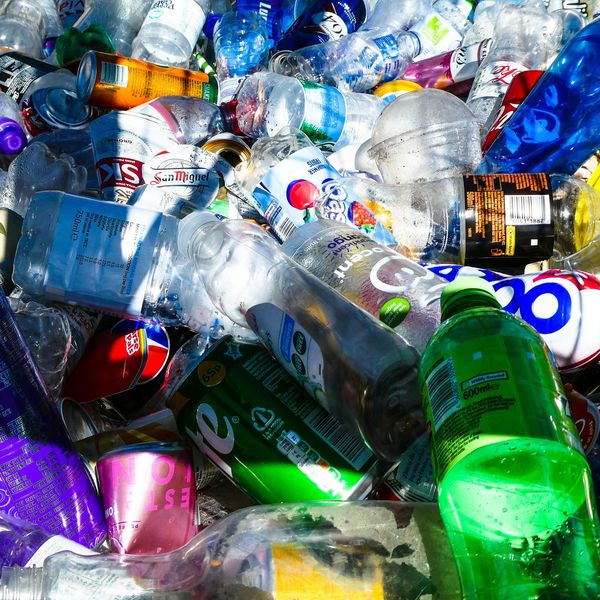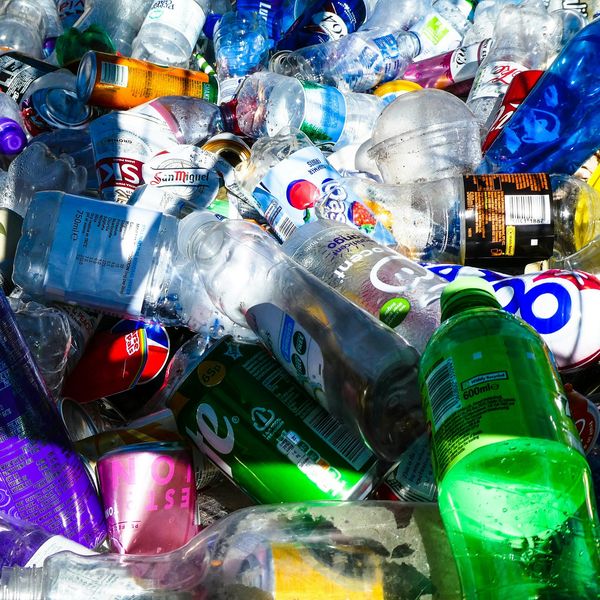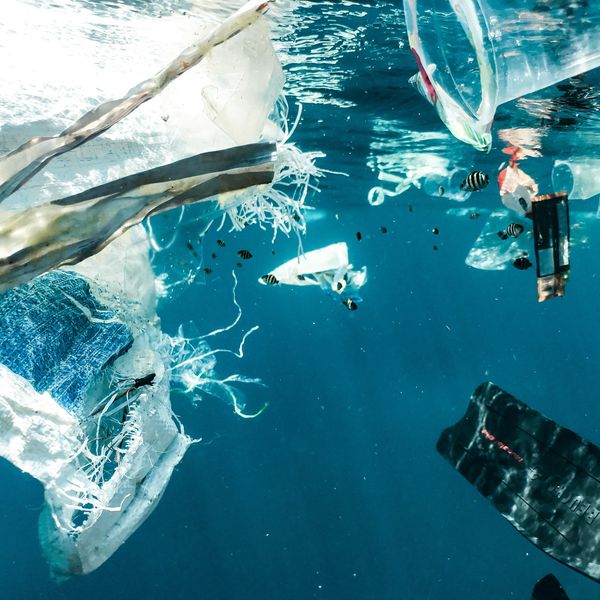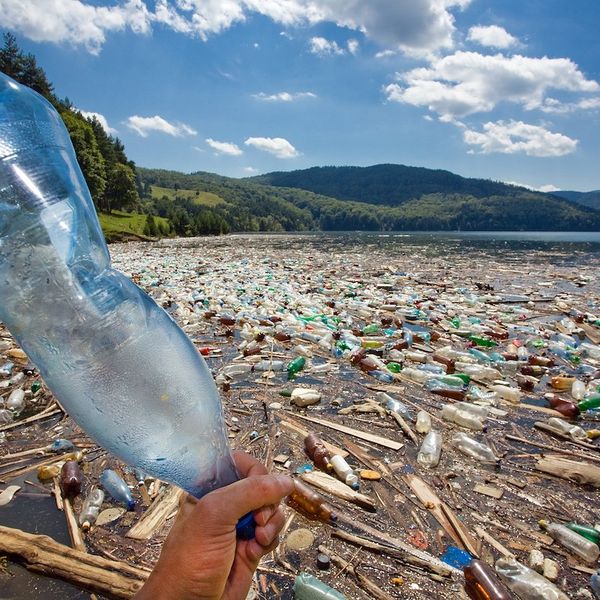A recent paper published in Nature examines the vast number of chemicals used in plastic products, the significant knowledge gaps around their potential hazards, and a path toward more efficient regulations.
In short:
- Of the 16,325 chemicals known to be used in plastic, over 4,200 (25%) qualify as “chemicals of concern” due to their persistence, toxicity, potential to leach from plastics, and their ability to accumulate in the human body.
- More than 10,000 chemicals (66%) have not been tested or assessed for potential hazards by regulatory agencies or industry groups.
- Only 6% of all plastic chemicals are regulated under international environmental agreements, and most of the chemicals of concern (3,651) are unregulated globally.
Key quote:
“Plastics should not contain harmful chemicals to begin with. Yet, the scientific evidence shows that they are intentionally used or unintentionally present in all types of plastics. This underpins the urgent need to make plastics safer.”
- Study author Prof. Martin Wagner, via the PlastChem Project’s accompanying press release
Why this matters:
The authors of this study note that chemical safety represents a “critical gap” in current regulations addressing plastic and plastic pollution, as “chemicals in plastics are often not sufficiently considered” in regulatory strategies. Scientists have emphasized how the UN Global Plastics Treaty, which will enter into its next round of negotiations in August, could be a meaningful tool for protecting human health as long as it incorporates the full lifecycle of plastics, including the chemical hazards they contain. The authors of this study also emphasize the urgent need to simplify plastics’ chemical composition, as the current inventory of plastic chemicals "exceeds the capacity of manufacturers and governments to ensure their safety.”
Related EHN coverage:
- “A once-in-a-lifetime opportunity”: Independent scientists advocate for an effective Global Plastics Treaty
- Scientists: Insufficient chemical regulations put public and environmental health at risk
More resources: The PlastChem Project, created by the authors of this report, seeks to identify and address potential harm caused by plastics and polymers. Their public database provides a comprehensive overview of the current scientific understanding of the 16,000 chemicals in plastics, including their properties, hazards, uses, production volumes, and regulatory status.

